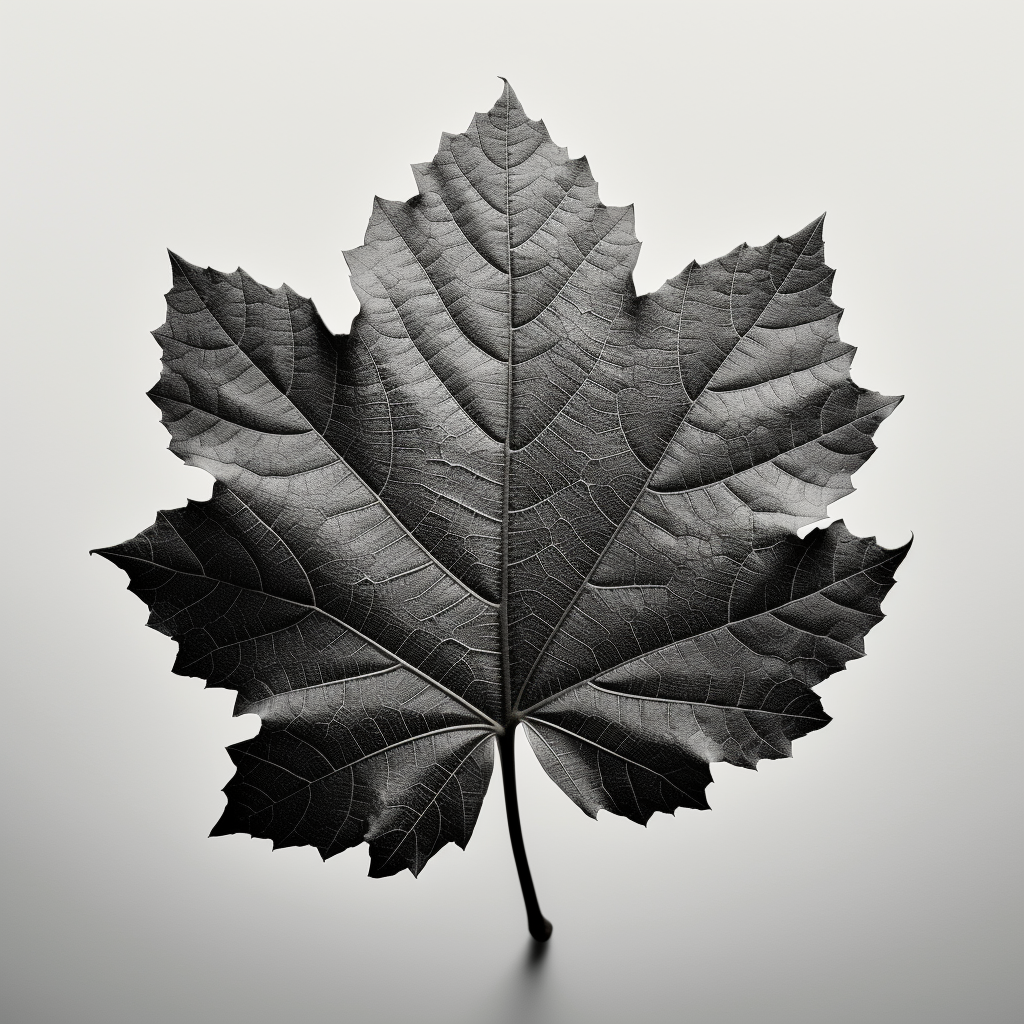Why Do Grapevine Leaves Matter So Much to Your Wine?
Have you ever sipped a glass of wine and thought, "Wow, this is amazing!"? Sure, grapes get all the fame, but there's a hidden hero in this story: grapevine leaves. They do a lot more than just look pretty on the vines. Let's dive into how these leaves quietly shape the taste of your wine in simple terms and without getting too technical.
Why Are Leaves So Important to Grapes?
Grapevine leaves are like the plant's engine, using sunlight to create glucose. Glucose is a simple sugar that's the main energy source for the vine, helping it grow grapes rich in flavor. The process of making glucose from sunlight is called photosynthesis. However, leaves must get the sunlight just right for the best wine. Too much can harm the grapes, while too little might not ripen them enough.
What's the Big Deal with Sunlight and Shade?
Sunlight is crucial, but how much sunlight each grape gets is a delicate balance. Vineyard managers carefully control this by trimming leaves to let the perfect light reach the grapes. It's like using sunscreen to protect your skin from getting burned while still getting a bit of a tan.
How Does Climate Change Fit In?
With the climate changing, vineyards are seeing new challenges. Warmer temperatures and unpredictable weather can mess with the growing season, potentially changing the taste of your wine. Vineyards adapt by picking grape types that can handle these changes and finding new ways to shield their grapes from too much sun.
Water and Leaves: What's the Connection?
Leaves aren't just about sunlight; they also help manage water. They control how much water the vine uses, making sure the grapes develop deep, concentrated flavors without getting watered down. Especially in dry areas, how leaves manage water can make or break a wine's quality.
What Happens When Leaves Get Sick?
Yes, leaves can get sick, and diseases like Flavescence dorée and Chlorosis can be big trouble. Flavescence dorée is spread by tiny insects, making leaves turn yellow and curl up. Chlorosis makes leaves turn yellow because they can't make enough chlorophyll, which plants use to turn sunlight into glucose. Both diseases can hurt the grapes and must be managed carefully to protect the wine.
So, Why Do Healthy Leaves Mean Better Wine?
Healthy grapevine leaves are crucial for making good wine. They're responsible for creating the sugar grapes needed to develop rich flavors and ensuring grapes get just the right amount of water and sunlight. When leaves are healthy and doing their job right, the grapes lead to delicious wine. Winemakers keep a close eye on their leaves, knowing that great wine starts with great grapes, and great grapes need great leaves.

